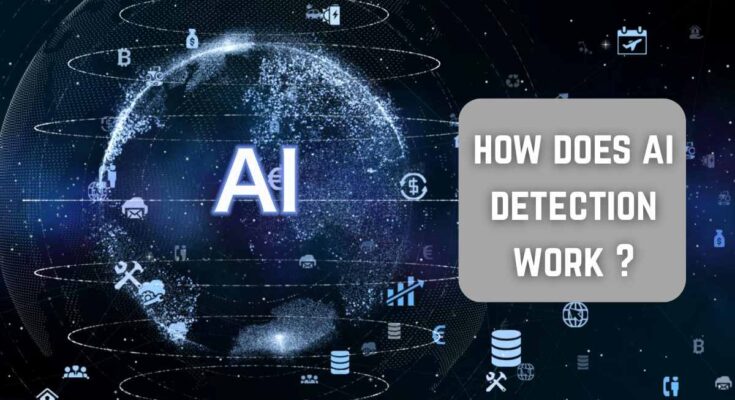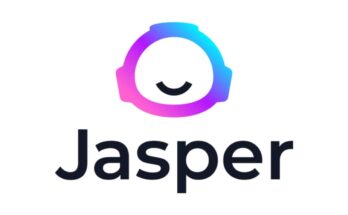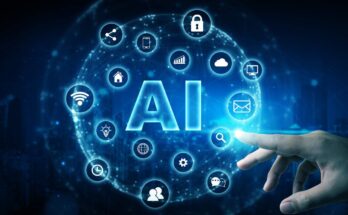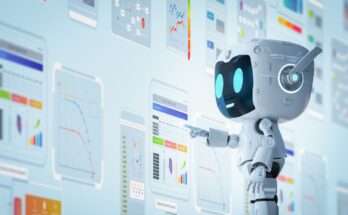Artificial Intelligence (AI) is a term that has gained traction in the past couple of years, thanks to its capabilities, which include writing essays and even painting works of art; similarly these made by ChatGPT, Bard, and DALL·E. Precisely because of this power of machine learning, the emergence of AI-generated content is raising concerns, prompting researchers to develop effective detection work methods.
But really, how does AI detection work? Can these machines distinguish between human-written material and one generated by a machine? In this blog post, we will dive into AI detection on how it works and what technologies are behind it.
What is AI Detection?
AI detectors identify whether an artificial intelligence system or a human created an asset—such as a piece of text, an image, an audio file, or video footage. Their primary purpose is to authenticate content, prevent the spread of misinformation, and uphold the integrity of academia and journalism.
AI detection tools are widely used in:
- Education: To check assignments or any other text for being AI-generated.
- Publishing: To vet articles for originality.
- Security: To protect against the adoption of deepfakes and maliciously edited AI media.
- Business: Compliance and spam-avoidance purposes.
Let us now delve into an explanation of how these detection systems function.
How Text-Based AI Detection Work
1. Linguistic Analysis
One of the first things analyzed by AI detection is style. Generally, a piece of AI-generated text may have these signs, among others:
- Repetition of phrases or too formal.
- Absence of emotional nuance or personal experience.
- Highly common use of vocabulary and patterns.
Tools such as GPTZero, Originality.ai, and Turnitin’s AI detector utilize language fingerprinting to analyze these traits alongside the construction of suspicious content.
2. Perplexity and Burstiness
Detection AI-written texts usually relies on these work with two statistical measurements.
- Perplexity: It defines how predictable the paragraph is. The lower the perplexity, the greater the chance that the text derives from AI, which has become uniform through statistically probable sentence generation.
- Burstiness: This refers to a variation in the lengths as well as the complexity of sentences. Human writing tends to vary a lot compared to AI, which generally adds uniformity to the structure of its sentence.
Using a combination of perplexity and burstiness associated with known human writing, these are analyzed to generate possible estimates for whether the content is machine generated.
Researchers apply machine learning modeling extensively to datasets composed of human-written texts and AI-generated records. These models attempt to find subtle features with which to discriminate between the two artifacts.
They study:
- Sentence structure
- Word frequency
- Syntactic patterns
- Semantic coherence
For instance, it would flag the model that piece as AI in making if the text lacks a logically consistent flow or feels “too perfect.”
How Image and Video Detection Work with AI
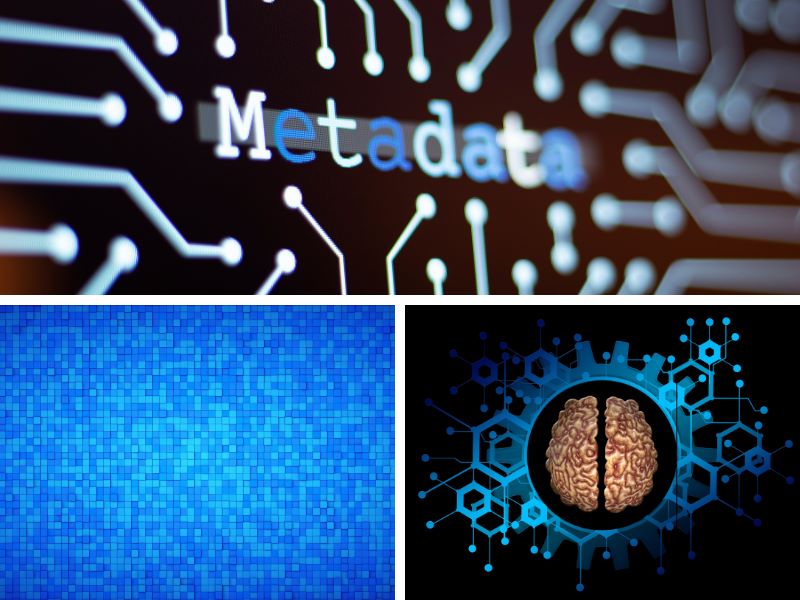
AI-generated images and videos (such as deepfake or art generated from tools like Midjourney and DALL·E) are hard to detect with naked eyes. The mechanics for detection include:
To learn more about generating AI images, check out our guide: How to Use DALL·E.
1. Metadata Investigations
AI-made images don’t possess any metadata from the real world-the type that could include camera makes and models, GPS information, or even date-stamp data. Thus most AI detectors would have to analyze the file metadata for dissimilarities.
2. Pixel and Pattern Examinations
AI-created images may have odd aspects, in terms of texture, light, shadow, or reflection not concordant with reality. Detection algorithms analyze such inconsistencies.
For example:
- The human eye can appear at times odd or asymmetric:
- Background objects can be distorted or melting.
- Text in images (signage) is usually gibberish.
It is the convolutional neural networks, or CNNs, that most researchers will be using to compare the different patterns present in AI tools generating images. These specific tools are capable of capturing certain specific “fingerprints” left from image-generating AI models.
Can AI Detectors Be Fooled?
Yes-and-no. The AI detection tool is becoming better but not perfect at all.
Limitations:
- False positives: There are cases when artificially written content is flagged with such labels, especially if it is a bit too perfect.
- False negatives: Advanced prompting is capable of making AI mimic human writing so closely that the detector fails to catch it.
- Adversarial AI: Developers now fine-tune or mask their AI-generated content to make it slip past a detector.
But like I said, every day AI detection will continue to improve as models evolve and are trained on increasingly complex data.
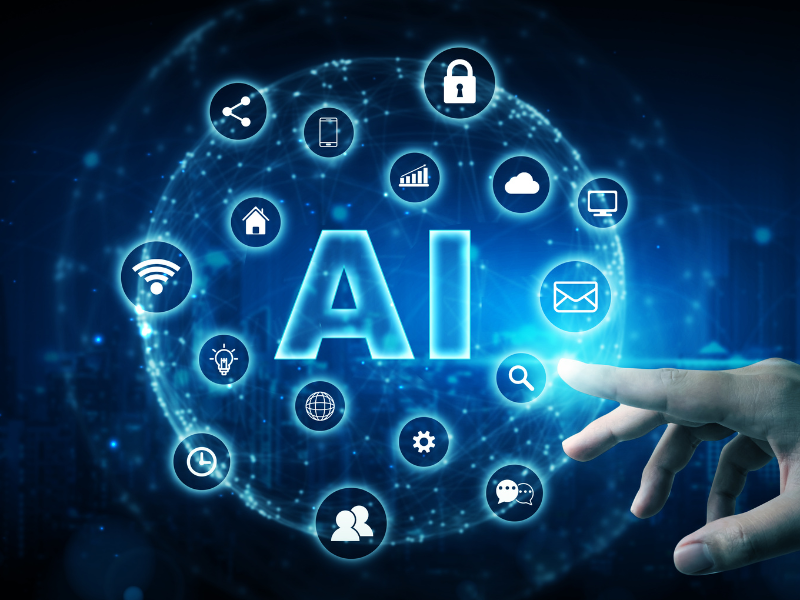
Actual Real-life Application
- Academicians: Teachers and professors can use AI detectors for discovering reports written by machines.
- Media: Even newspapers expect articles are fact-checked and not just AI-generated propaganda.
- Law and ethics: Detecting deepfake technology would minimize misinformation and protect people from identity fraud or manipulation.
- SEO and Blogging: Google and some other search engines hope to punish mass-produced, low-quality AI content, thus bloggers tend to use detectors and checks for authenticity.
Future of AI Detection
As AI models become better and better, the AI detection tools must evolve just as fast. Future developments may include:
- Content verification based on blockchain
- AI watermarking (e.g., OpenAI has studied invisible watermarks)
- Real-time content authenticity check
Transparency would be the glue. As content floods the internet, the key will be differentiating between human and machine-generated content to maintain online trust and credibility.
Conclusion
AI detection is an alluring subfield of machine learning, cybersecurity, and digital ethics. As AI tools continue to govern the work way we create and consume content, detection systems will significantly contribute to the maintenance of authenticity, trustworthiness, and human-friendliness of the internet.
Whether you are a student, content creator, or a businessman, knowledge of AI detection will help you conquer footprints in modern technology.
Did you enjoy the article? For more tech explainers, guides, and digital trends, keep it locked to techbyprime!

